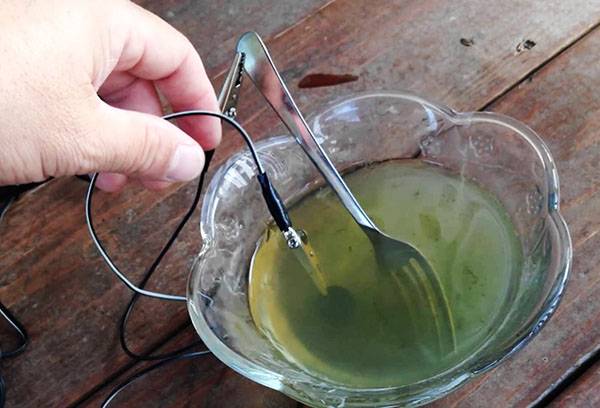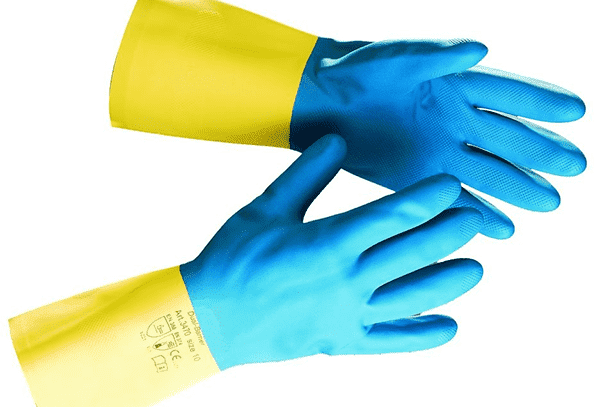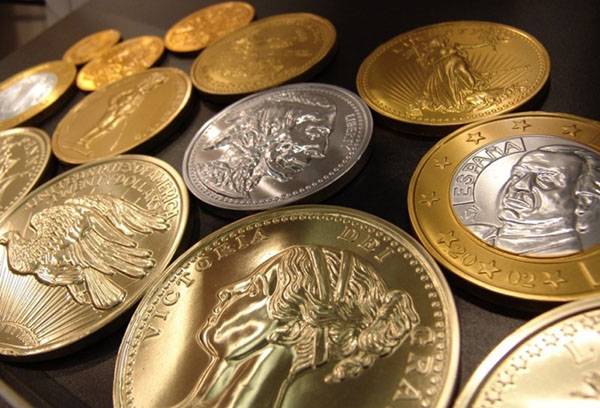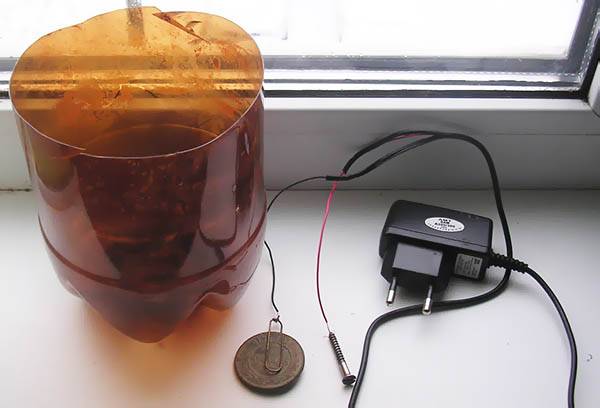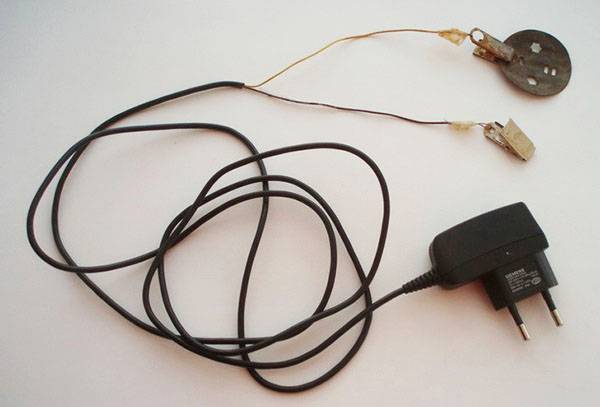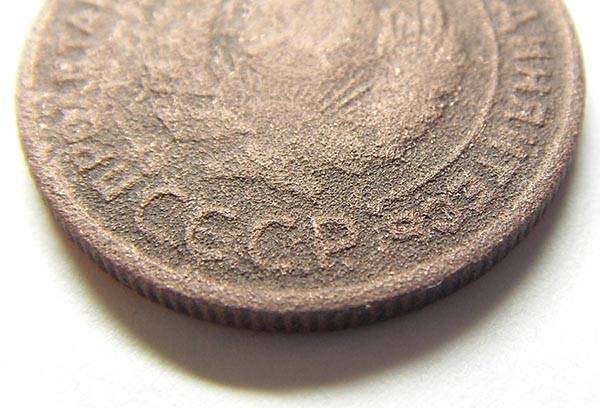How to clean copper coins by electrolysis?
Content:
Collecting old and rare coins is one of the popular hobbies of our time. Wanting to put the exhibits in order, many think about cleaning coins with electrolysis, since this method, with relative simplicity, is quite effective. We will get acquainted with the nuances of this process and safety precautions.
Method summary
The electrolysis method for cleaning products from copper, nickel, bronze and other metals has been widely used among treasure hunters and collectors. With some experience and proper application, it can achieve good results.
It is possible to briefly describe a complex physicochemical process as follows:
- electrodes are placed in a special solution;
- current is passed through them;
- due to the electrical effect on the electrodes, certain substances are released;
- an electric field is created.
The method can be used even by those who are not familiar with electricity, but it is very important to be careful.
Safety precautions
When working with the device for electrolysis cleaning, you should follow simple rules that will make the process completely safe.
- Cleaning should take place in a bright room, with the window open.
- Protected body will help covered clothing with long sleeves, rubber gloves.
- You can’t just connect the device to the network and leave, the process must be controlled.
- You should carefully choose the power supply. So, the recommended operating voltage should not exceed 12 V. Otherwise, there is a high risk of electric shock.
Important!
It must be remembered that work is carried out with current, so it is important to control each stage.
Advantages and disadvantages of the method
Among the advantages of electrolytic purification of coins are the following.
- High speed (the procedure itself in rare cases will last more than 60 minutes, while soaking coins in olive oil can last more than 30 days).
- Simplicity of execution: all the work can be done in an ordinary kitchen.
- Coin with the correct application of the method will not lose its quality and value for collectors.
- Electrolysis allows you to completely clean the product from oxides and patina.
However, it is important to remember some of the disadvantages of the method.
- In order to fully control the process, you must have some experience or accurate knowledge.
- There is a risk of making a mistake and ruining the product.
Despite these disadvantages, the technique is popular.
Required Components
Consider what should be prepared to use the electrolysis method for cleaning coins.
- Power Supply. You can use any unit from household appliances, the operating voltage of which is 6-12 V. Options from mobile phones, old consoles, cameras are suitable.
Tip
If there is a need for electrolysis cleaning of a large number of products, you can purchase a universal power supply.
- Iron spoon or bolt. After electrolysis, such a product cannot be reused, so you should choose one that is not a pity.
- Paper clip.
- Clothespins or special pinches.
- Plastic or glass cup with warm water.
- Salt or soda. For ½ liter you will need 3 tsp.
Tip
You should not use a very deep container - it is enough that the water completely covers the coin.
The first stage is the preparation of the device
The initial step, which precedes the cleaning of copper and bronze coins by electrolysis, is the assembly of a special device. Consider this process step by step.
- Preparing wires from the power supply. A plug is cut off from it.
- The wire is divided into two parts, each of which must be exposed by about 5-7 cm.
- The next step is to determine the cathode and anode, to do this simply - with a glass of water and salt.
- Pour hot or warm water into a plastic cup. This will speed up the electrolysis process.
- Add salt (or soda) and mix thoroughly, as salt water conducts current better.
- Connect the power supply to the mains.
- Lower both wires into the liquid and follow the reaction. The one near which the water begins to boil slightly (a kind of hiss appears) is positively charged. The second, respectively, is negative.
Remembering which wire has a positive charge and which is negative, the power supply must be turned off from the network.
Preparation for cleaning
So, the device for electrolysis at home is ready. Now you need to prepare a coin and begin the process. How it's done?
Two cleaning methods stand out.
- At the first, aggressive, the coin is attached to the "plus". In this case, the cleaning process will be faster.
- In the second - to the "minus". The process is easier to control, but it will take longer.
Choosing a method (it is best for beginners to start from the second and first clean the product, which is not of special value), you need to strengthen the coin and the iron product to the wires.
First, a paper clip is attached to the selected wire, it will hold the coin securely. An iron object is attached to another.
Tip
For cleaning rare and valuable copper coins, it is best to choose a more gentle method by connecting the product to the "minus".
Cleaning process
It is very important that the positive and negatively charged electrodes do not touch each other, otherwise a short circuit will occur. To avoid this is simple - you should separate the wires to the sides and attach them with clothespins or clamps to the edge of the tank with saline or soda solution.
After that, the unit is included in the network. The process will begin immediately, this can be seen by the fact that gas bubbles will appear on the surface and hissing will begin.
The cleaning time depends on the method chosen:
- aggressive - no more than 10 minutes;
- with gentle - depending on the state of the coin, from 30-40 minutes to a day.
After that, the power supply is turned off from the network, the coin can be disconnected and cleaning can be completed using a sponge (hard part) and ordinary detergent. She will become brilliant and clean.
Electrolysis is an excellent option for cleaning copper products, but brass coins will turn red after this procedure, so the method is not applicable to them. The procedure itself is uncomplicated, but for beginners it is better to "get a hand" by connecting the coin to the minus.
